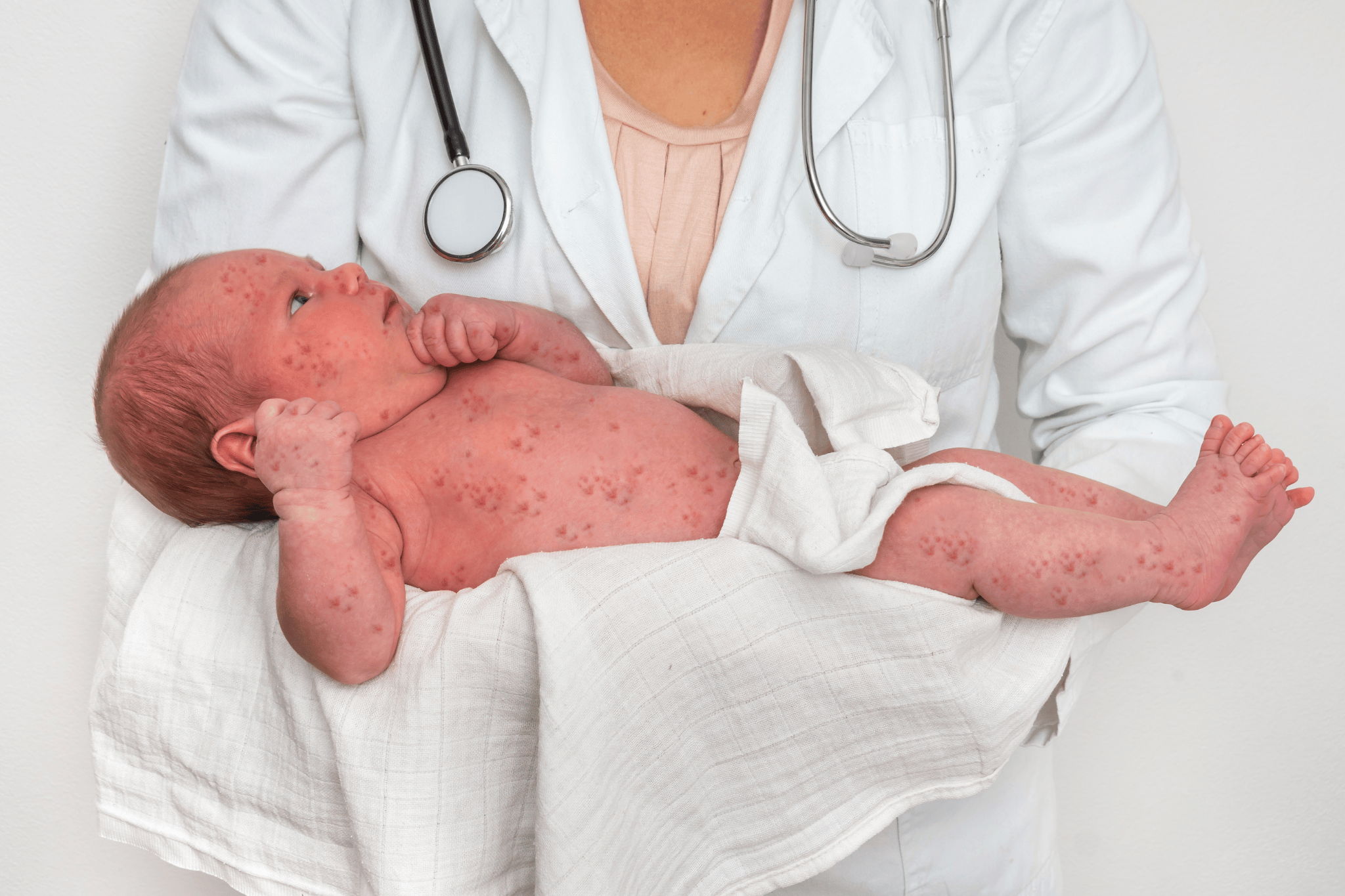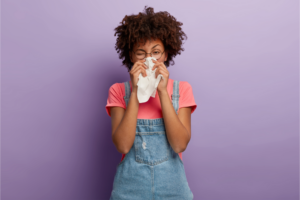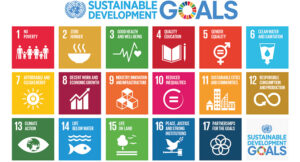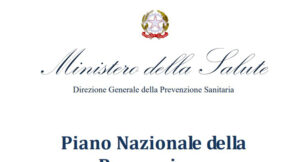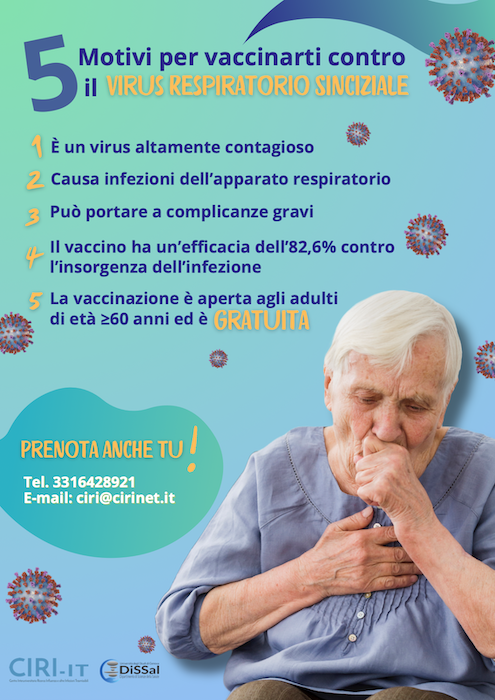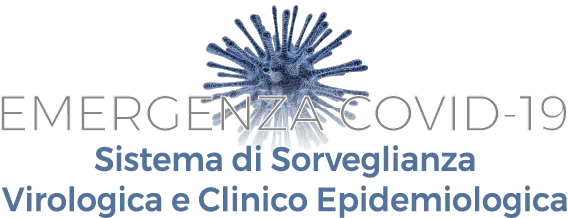Measles, one of the most contagious infectious diseases, continues to circulate in Italy, proving it is far from a relic of the past.
According to national surveillance data, 334 measles cases have been reported since the beginning of 2025, with a significant increase in recent months. In May alone, 65 cases were notified—almost double those recorded in April. This rise may be linked to travel during the spring holidays and serves as a warning ahead of summer and increased tourism.
The Milan Outbreak: A Telling Case
Particularly concerning is the situation in Milan, where an outbreak has been identified with 32 confirmed cases, 27 of which are linked to the same viral strain (genotype B3).
The median age of those affected is 36.5 years, and most were unvaccinated.
This is alarming, especially considering that childhood vaccination coverage in Lombardy is high: over 96% of children receive the first dose between 13–15 months, and more than 93% complete the second dose at 6 years old.
However, even small groups of unvaccinated individuals can sustain virus circulation.
The National Picture
Nationwide, the June 2025 edition of Morbillo & Rosolia News (Measles & Rubella News), published by the Istituto Superiore di Sanità in collaboration with the MoRoNet network, highlights that 90% of cases involved unvaccinated individuals. Nearly 80% of infections occurred in people over 15 years old, many of whom had not been vaccinated or had received only one dose.
Children under five years old remain the most affected age group and are especially vulnerable to complications.
The spread of the virus among unvaccinated individuals also threatens those who cannot yet be vaccinated, such as infants under 12 months. For them, the only effective protection is herd immunity, achievable only by maintaining high vaccination coverage across the population.
Measles is not a mild disease: around one-third of cases develop complications, including hepatitis, elevated liver enzymes, pneumonia, keratoconjunctivitis, otitis media, respiratory failure, laryngotracheobronchitis, stomatitis, thrombocytopenia, diarrhea, and seizures.
Three cases of encephalitis have also been reported: two in adults and one in a pre-adolescent, all unvaccinated.
Vaccination: Protecting Yourself and the Community
Vaccination remains the most effective way to prevent measles. The recommended schedule includes: a first dose between 12 and 15 months of age, a booster between 4 and 6 years old.
The vaccine’s estimated effectiveness is: 93% after one dose, 97% after two doses.
To interrupt virus transmission and protect the most vulnerable, vaccination coverage of 95% or higher is essential.
Experts stress the importance of checking your vaccination status before international travel, especially as about 20% of reported cases in 2025 have been linked to travel abroad.
Prevention is not just individual, it involves strengthening epidemiological surveillance, informing the population about vaccine safety and efficacy, and international cooperation to contain virus spread.
Vaccination is a responsible act for yourself and for others. Only through widespread, informed participation can we stop a preventable disease from continuing to cause serious complications and suffering.
Protecting yourself through vaccination also means protecting your community: it is an act of responsibility and solidarity.
Bibliography
1. Epicentro – Istituto Superiore di Sanità (https://www.epicentro.iss.it/morbillo/aggiornamenti))
2. News Medical – 27 maggio 2025 (https://www.news-medical.net/news/20250527/Single-measles-strain-triggers-outbreak-in-Milan-despite-high-vaccination-rates.aspx)
3. Bollettino ISS – giugno 2025 (https://www.epicentro.iss.it/morbillo/bollettino/RM_News_2025_85.pdf)

